Anderson College established the tradition of the Crook, dating back as early as the 1919-1920 school year, from what can be verified, but is believed to be as old as 1917. The origin of "hide-the-crook" tradition is common in higher education, but is unclear to any specific institution. Montevallo University (formerly Alabama College) has a longstanding history that is still running today, but their tradition is only traceable to 1926, where the "Finder" is recognized at their Founders' Day celebrations. Today, they continue the Crook tradition with updates about the Crook's whereabouts in emails and social media posts. Additionally, "crooking" traditions are found in Meredith College in Raleigh, NC, and Averett University in Danville, VA, but are present in other higher education histories as well. This tradition most commonly originates with all-female liberal arts schools in the South. It is likely that Anderson College inherited the tradition when Annie Dove Denmark and Grace Cronkhite came from Meredith College to Anderson College in 1917.
The practice within this tradition includes a shepherd's crook, and an ongoing game reminiscent of "Capture the Flag" and "Hide-and-Seek," wherein the sophomore class would hide the crook on campus for the freshman class to find, and when the freshmen found it, they would go on to hide it again for the sophomores to find, and would continue in a cycle until commencement of the school year. There was some practice of switching off between classes when the college was originally a four-year institution, but most of the gameplay years fell in the time period when Anderson College was a two-year junior college, so it only needed to switch between the freshman and sophomore classes. Rules of Crooking at Anderson College dictated that the Crook had to be hidden on campus, and at least six inches of the crook must be visible at all times. Ideally, the sophomores would have located the crook by the time of commencement, before they left the school.
Most of the Crook's legend is unclear, but fascinating in what can be known. At one point, a duplicate Crook was made in order for the Dean of Women to preserve the original in their office. In a 1956 edition of The Yodler, the black-and-white photo makes the Crook appear to be white in color, and the color is corroborated by the mention of a "white and gold" Crook in the 1920 Sororian, indicating the existence of yet another Crook. The ceremonial Crook kept by the university is recognizable because it had a break in the head that had been attempted to be repaired, and was tied with ribbons.
From what is documented, the tradition of the Crook began to fade away in the 1960s, with Charles Sullivan, former Dean of Students stating that it was a Christmas tradition when he was a student in 1967, but when he returned as staff in the early 1970s, the tradition seemed to have faded from practice.
There was an attempt at revival of the Crook tradition in the early 1990s, according to Dr. Bob Hanley; however, the revival did not make landfall and did not become reintegrated into Student Life.
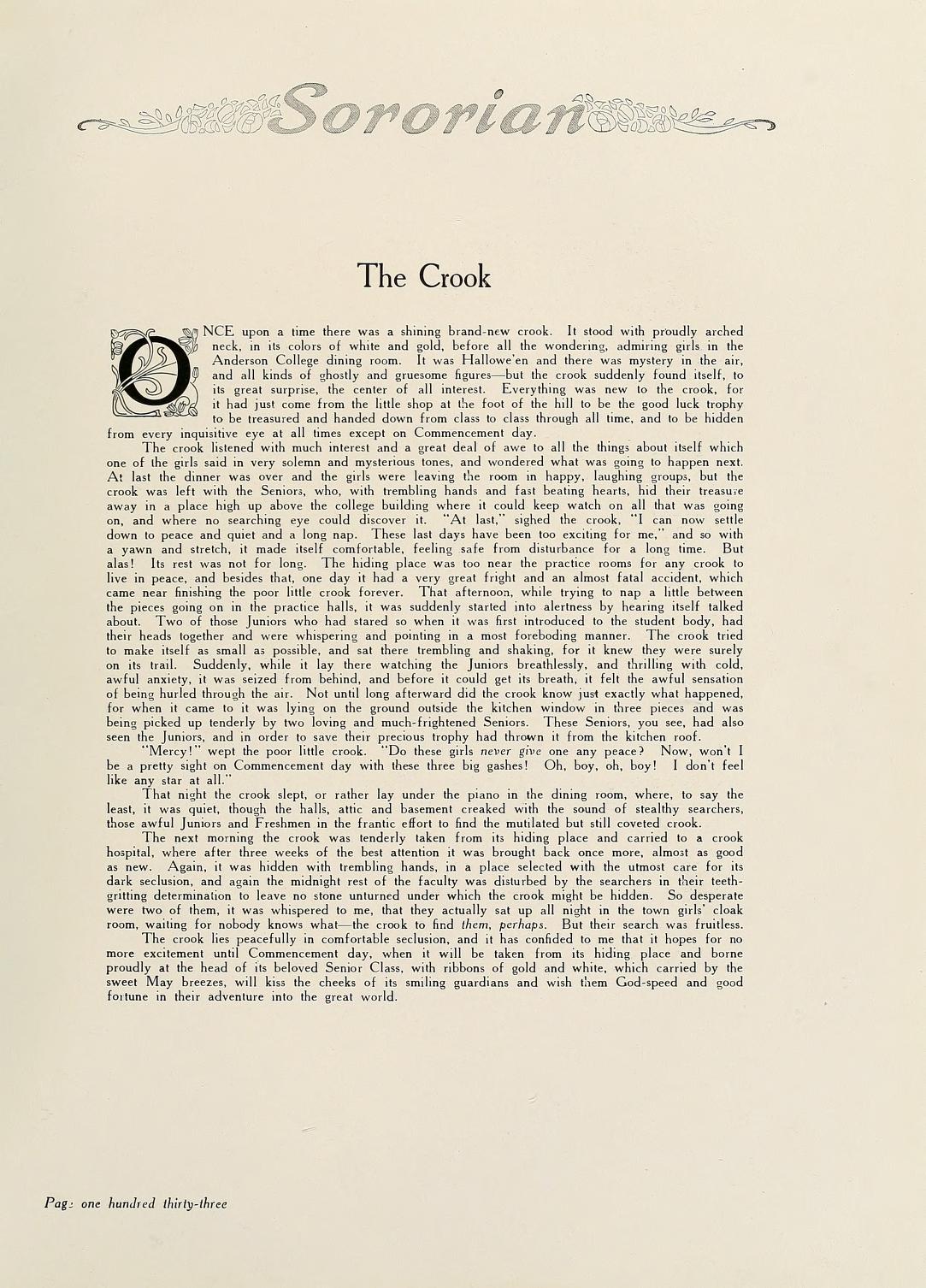

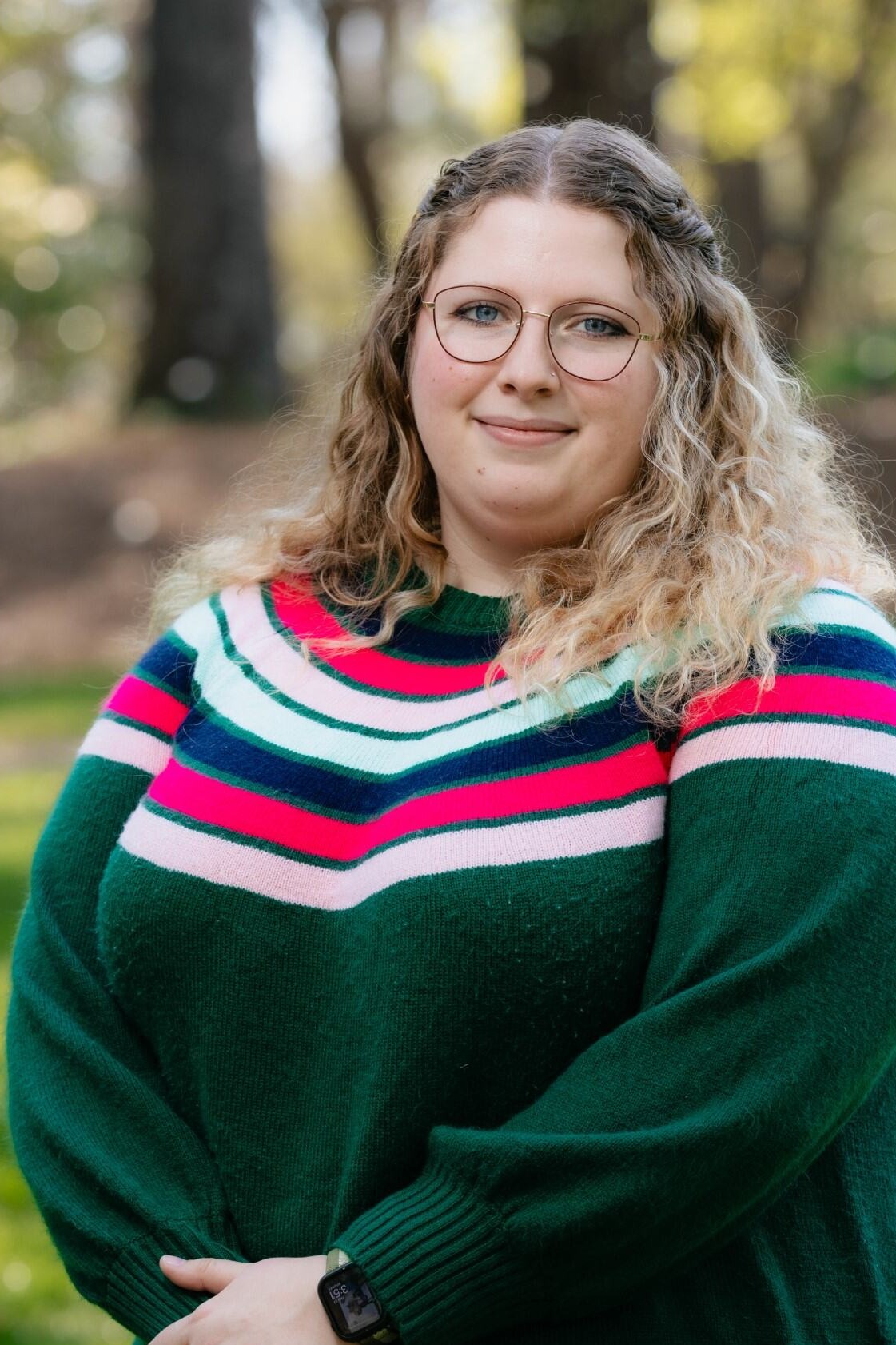 Helen Smith, Archival Research Associate
Helen Smith, Archival Research Associate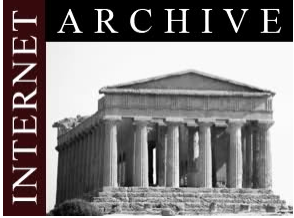
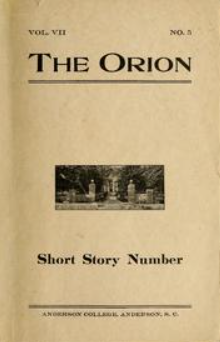
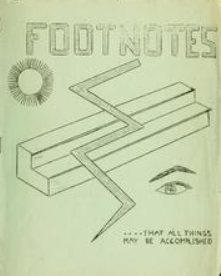

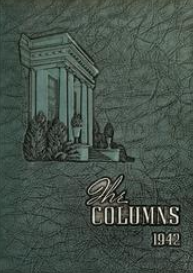
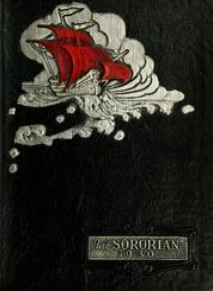
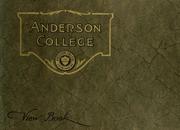
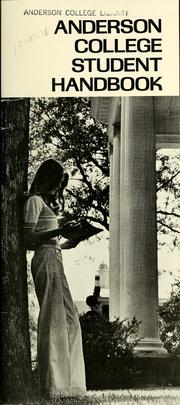
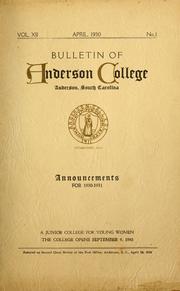
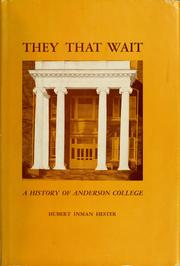





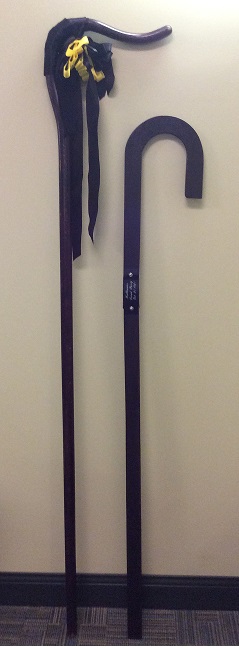

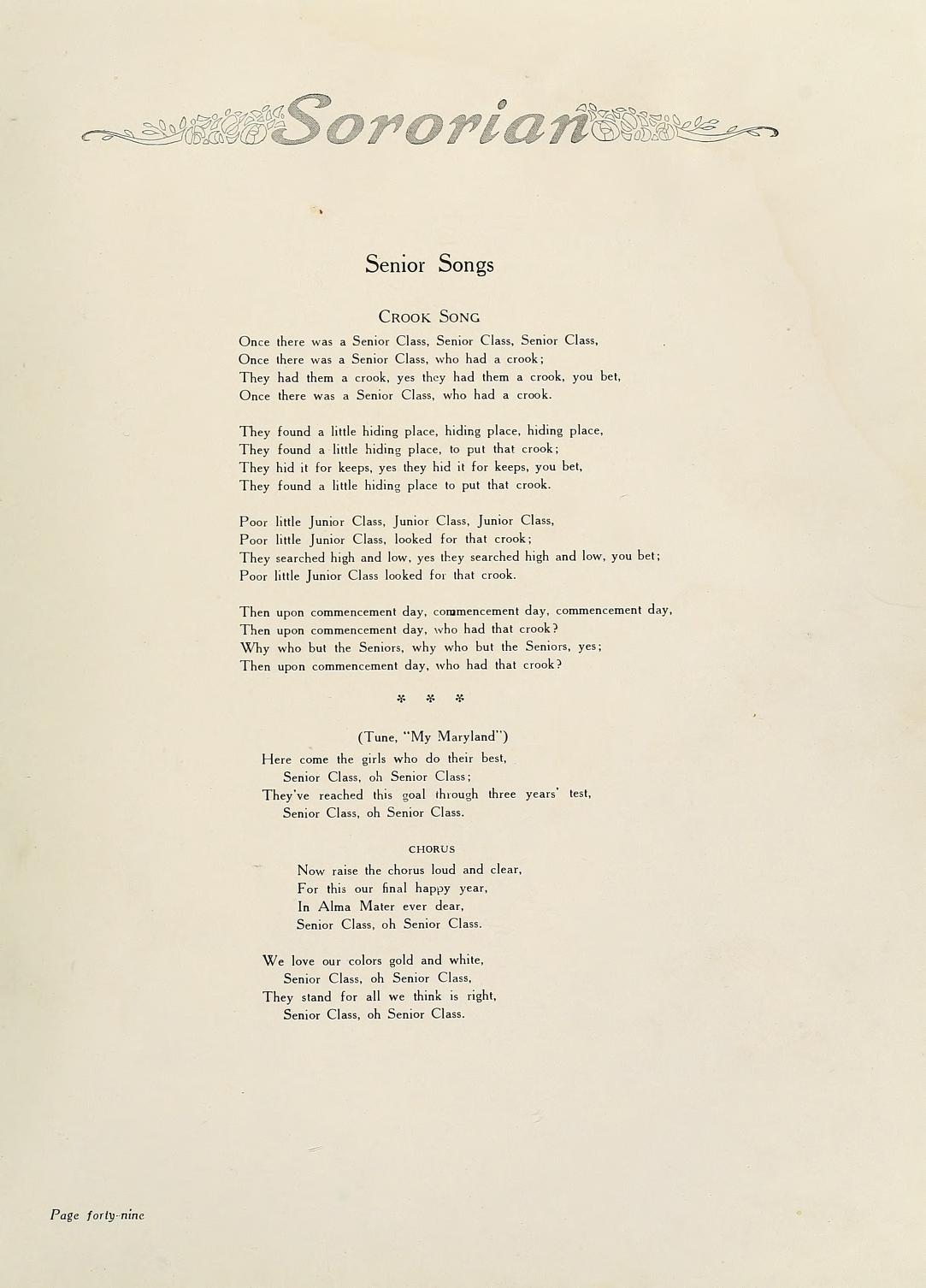 1920
1920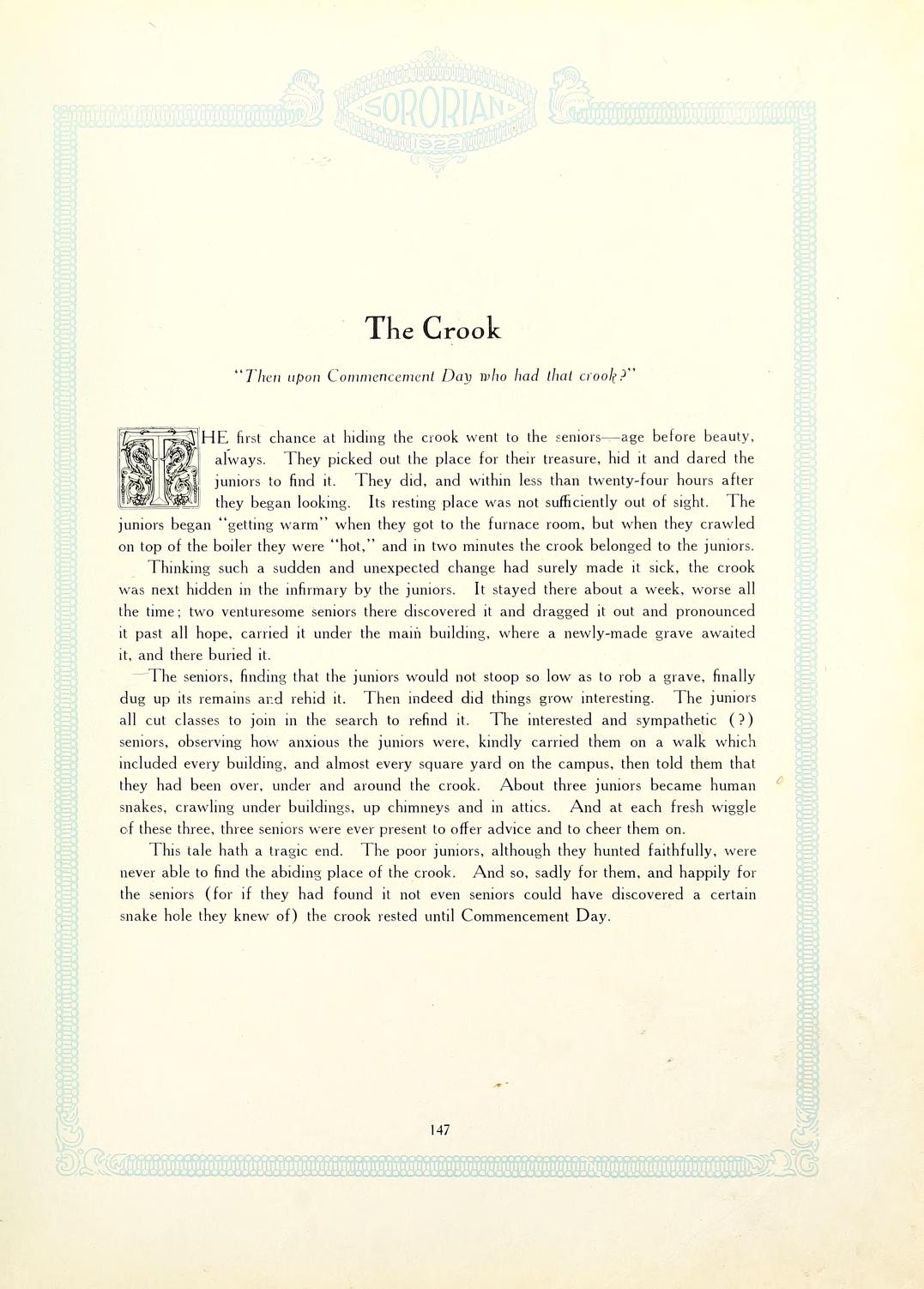 1922
1922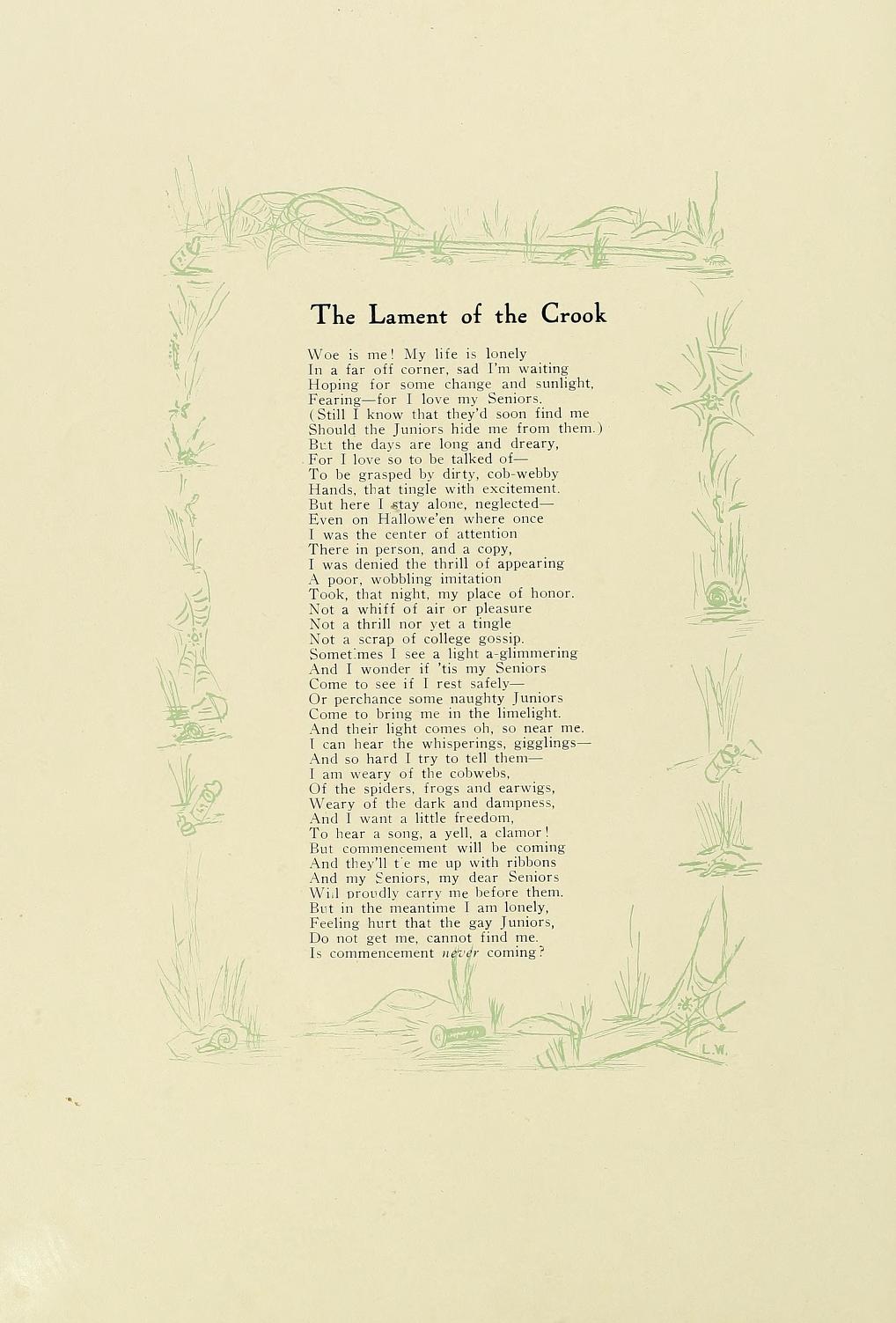 1923
1923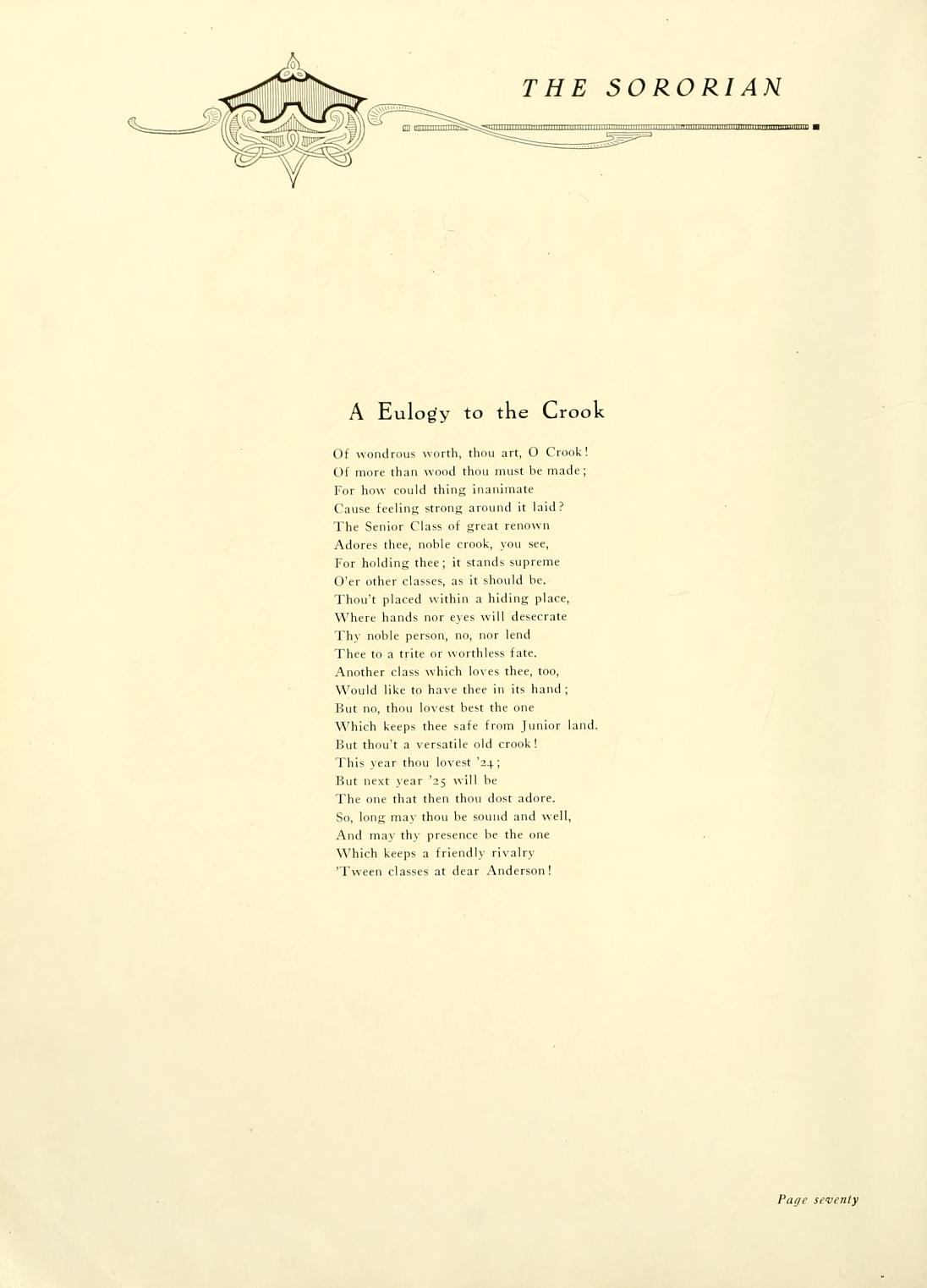
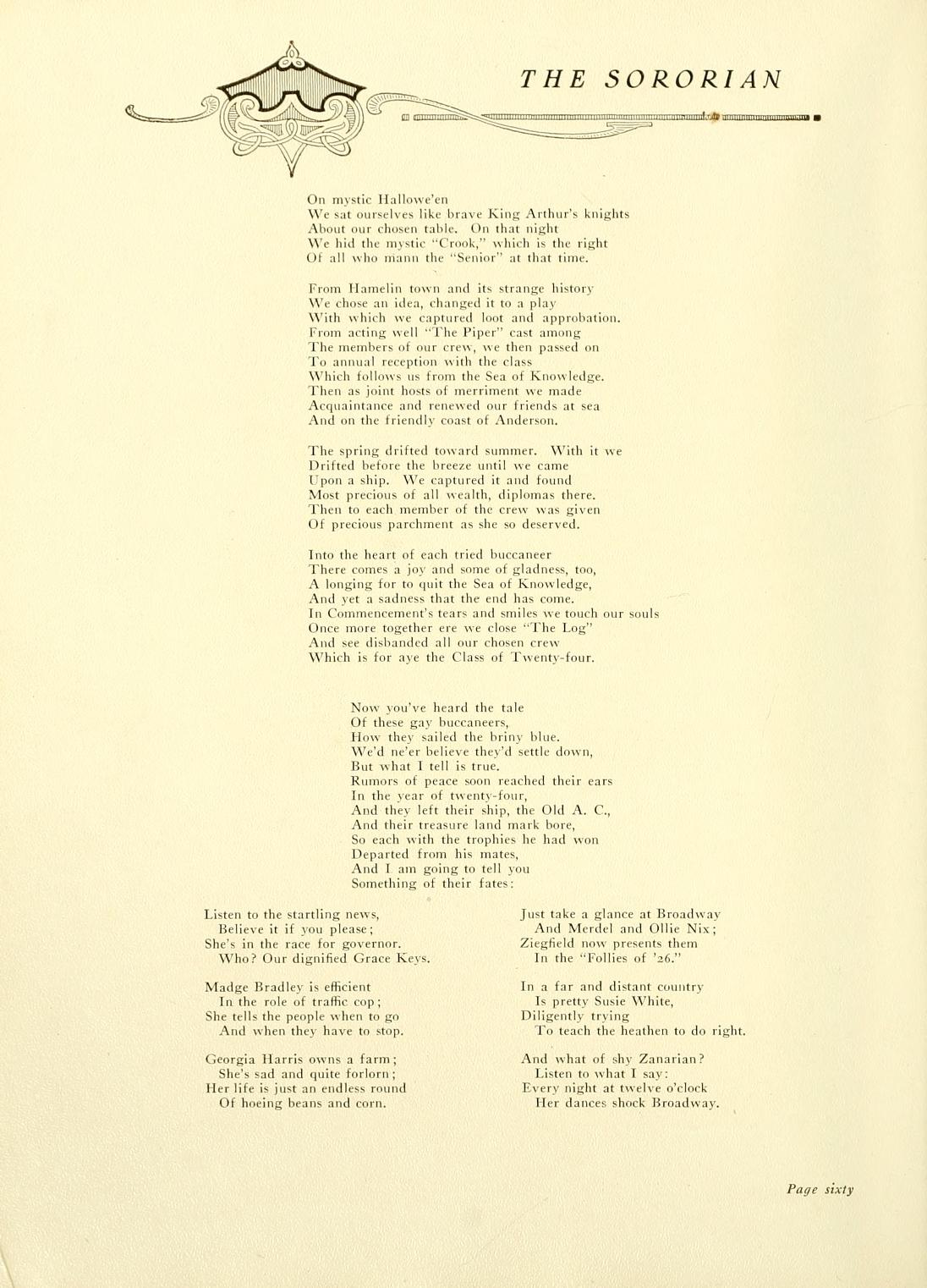 1924
1924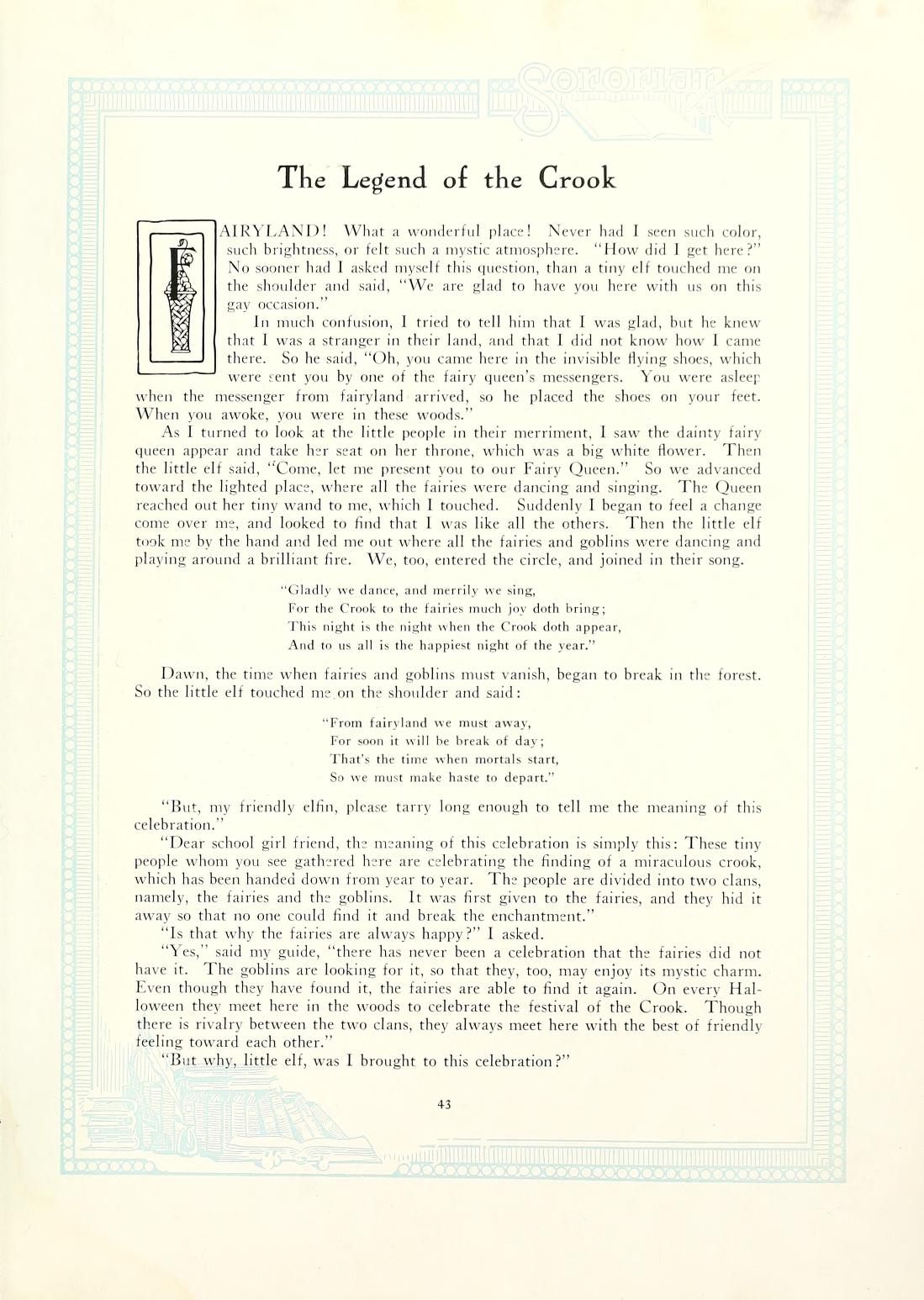
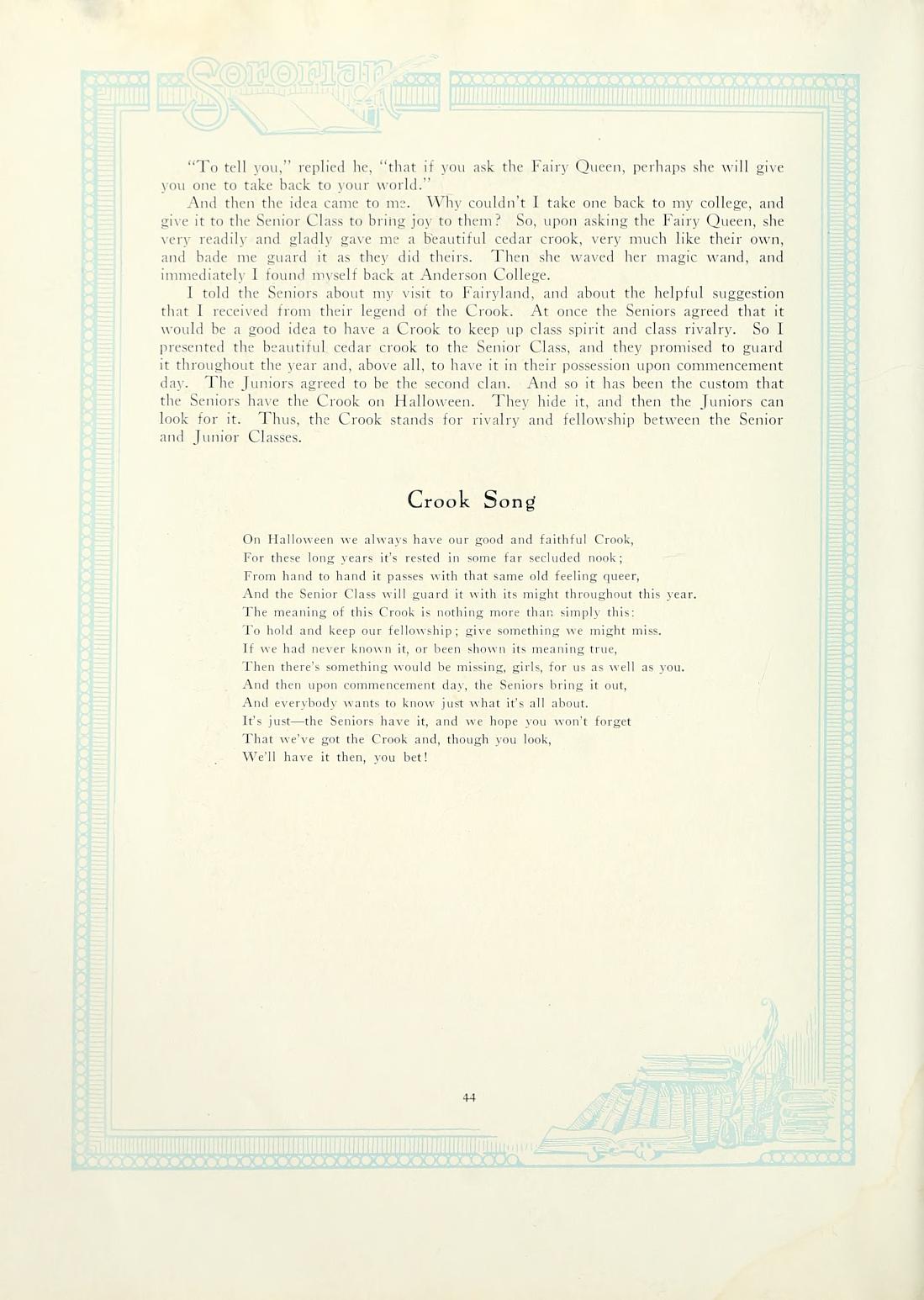 1925
1925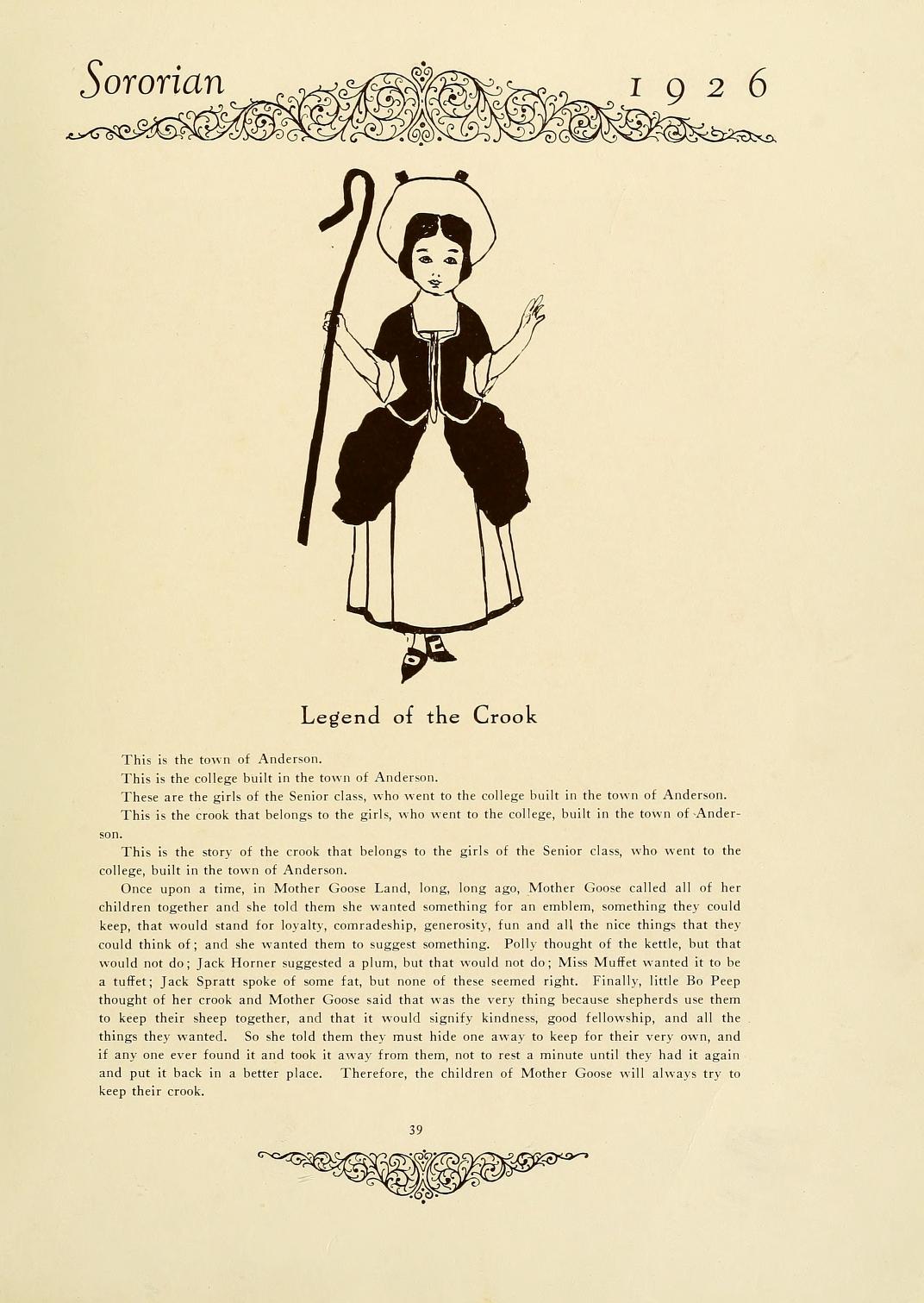 1926
1926 1927
1927 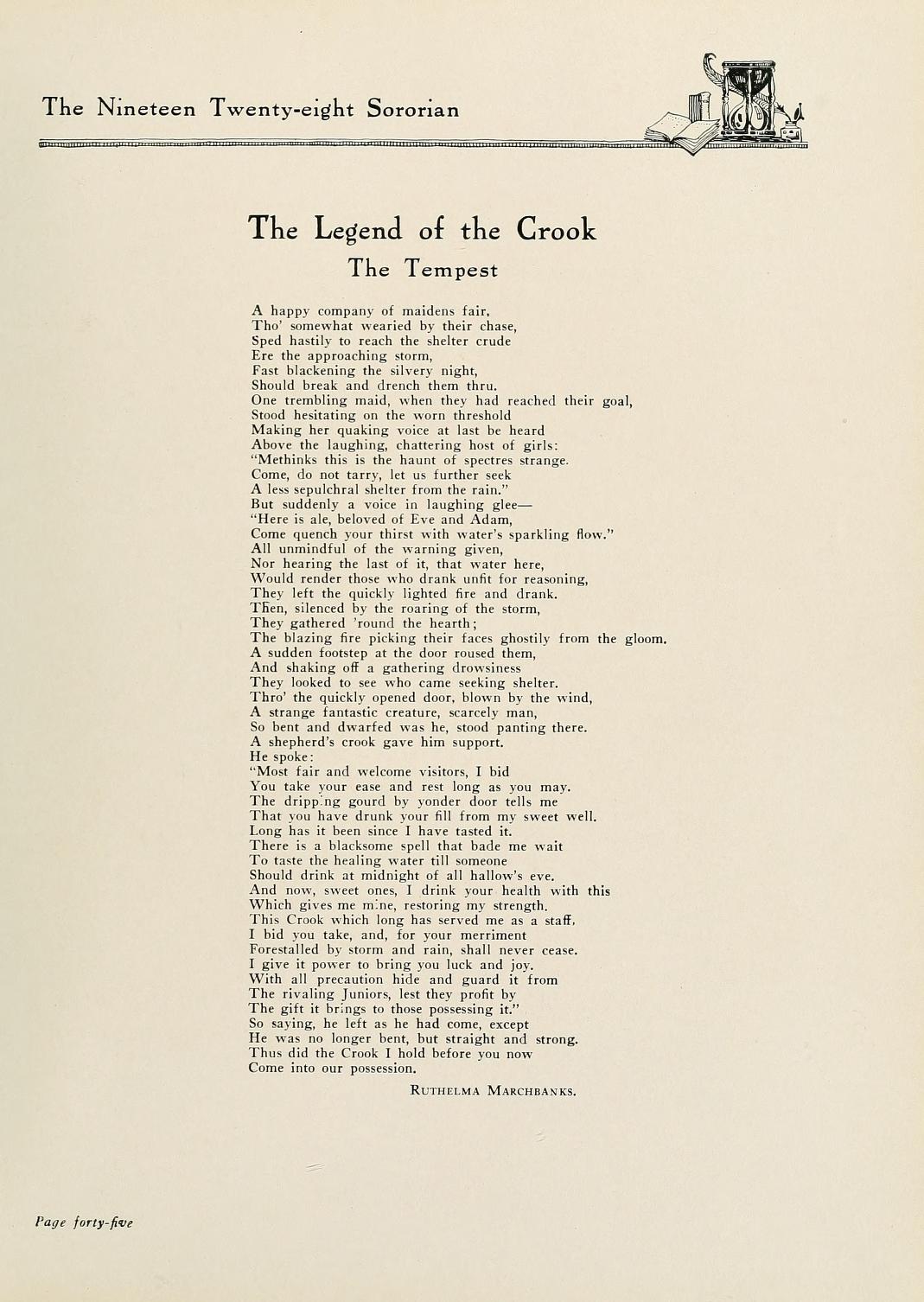 1928
1928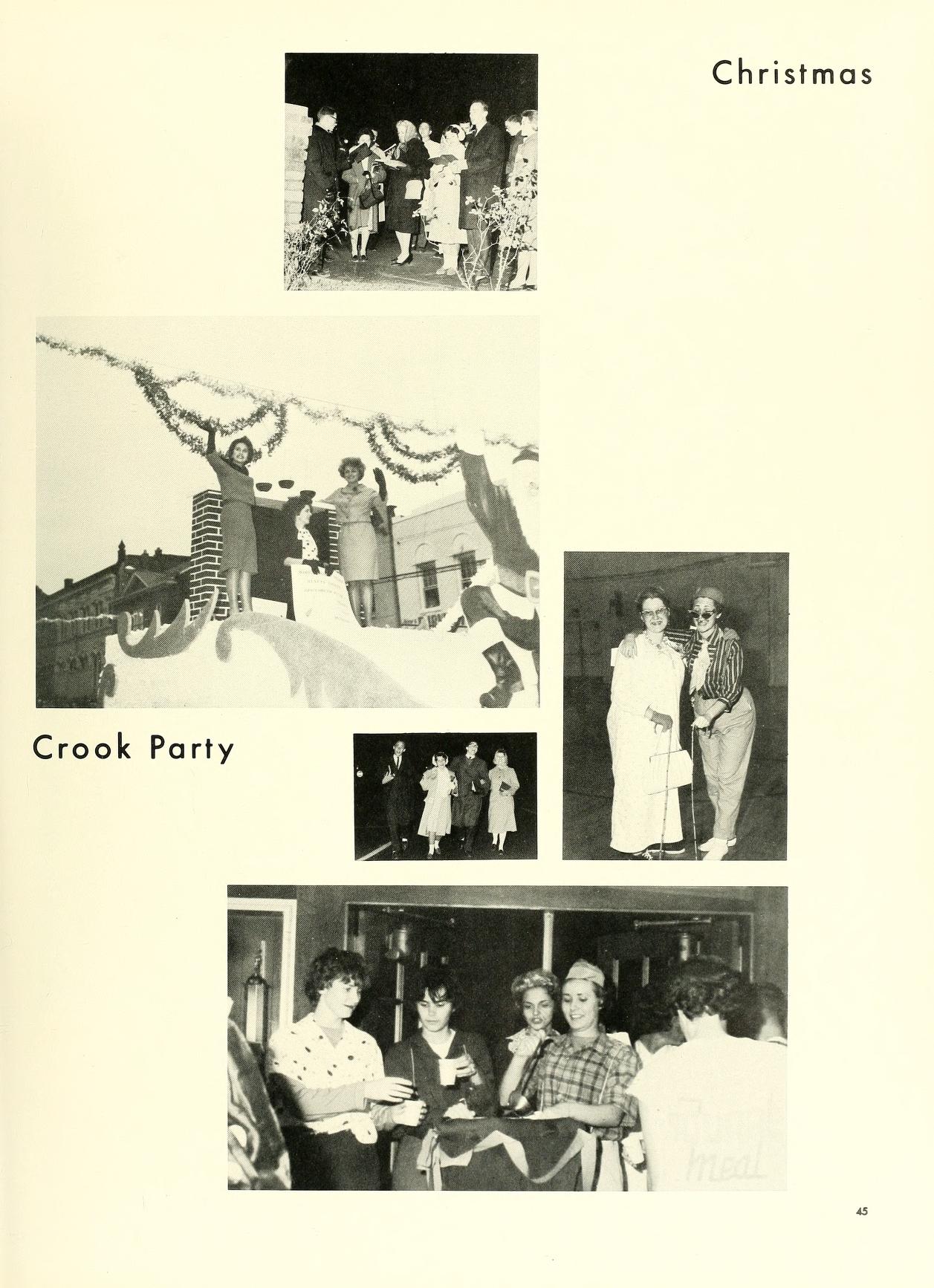 1963
1963






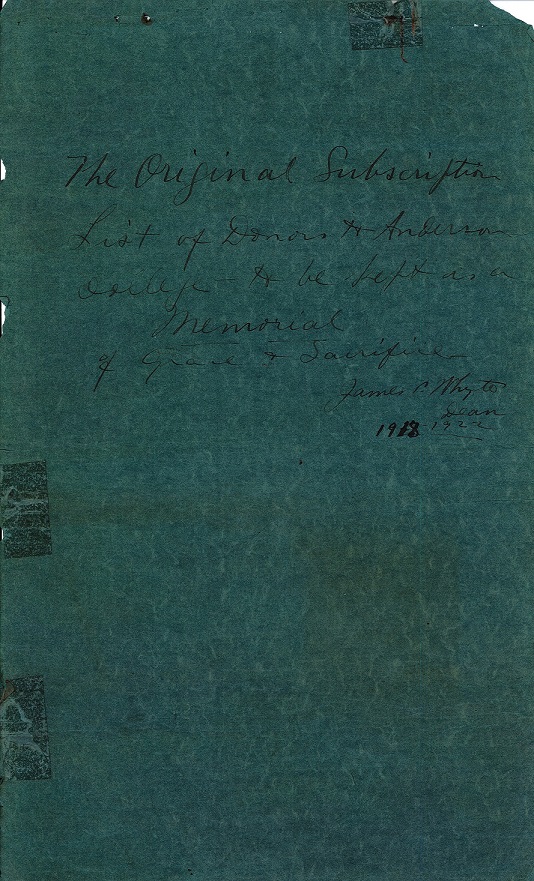
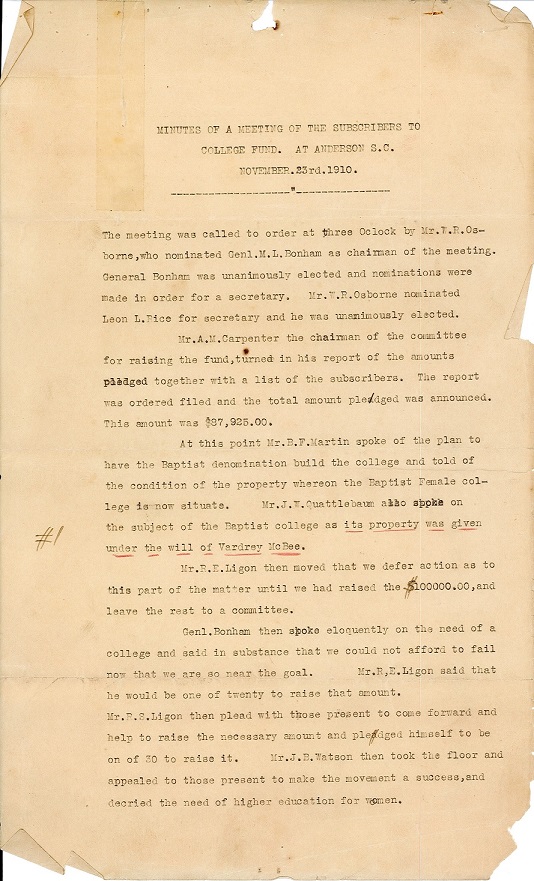
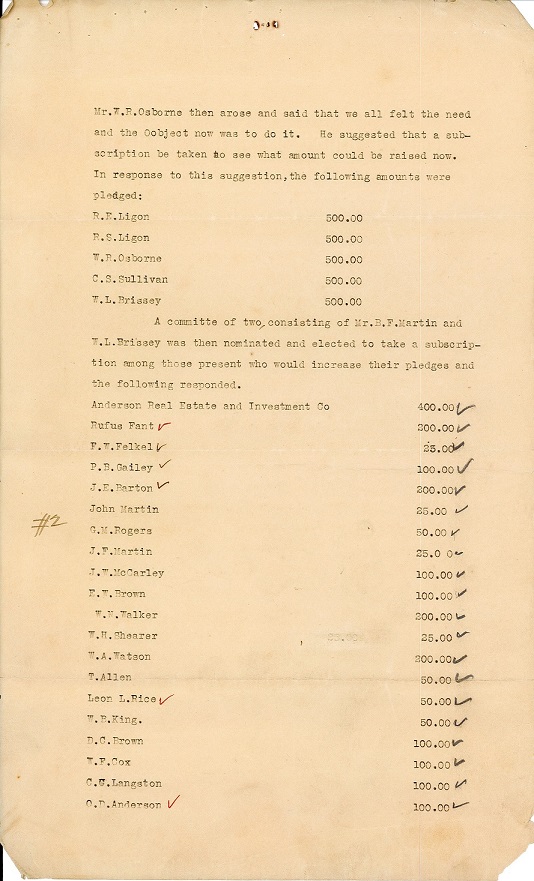
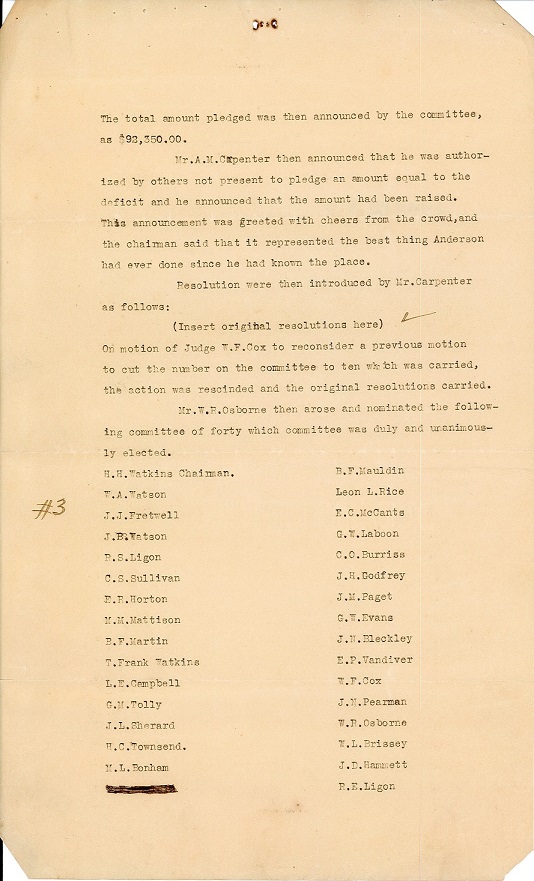
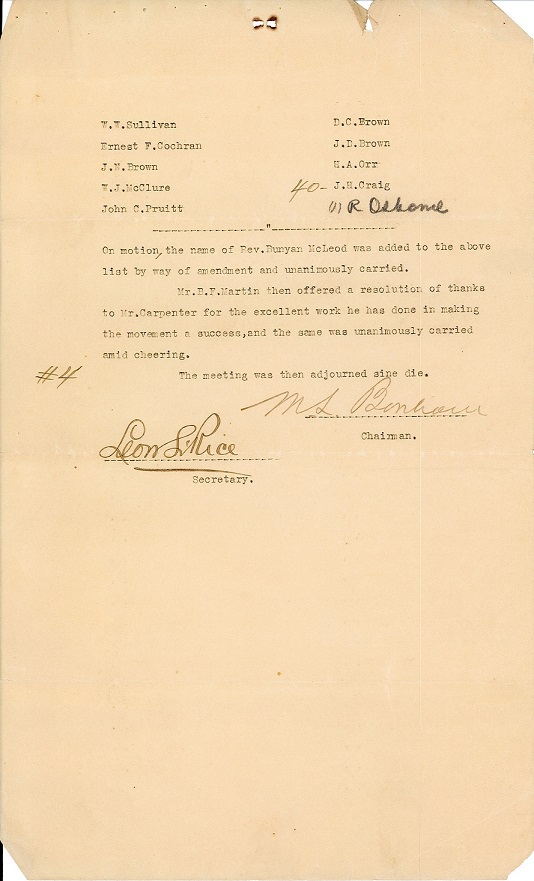
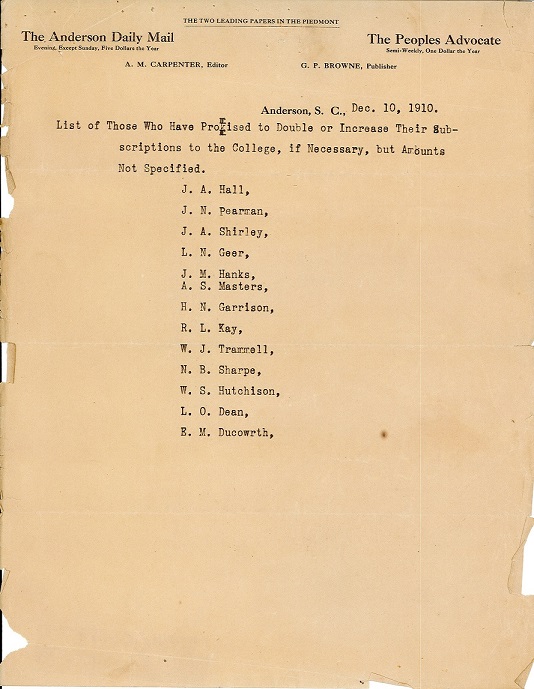
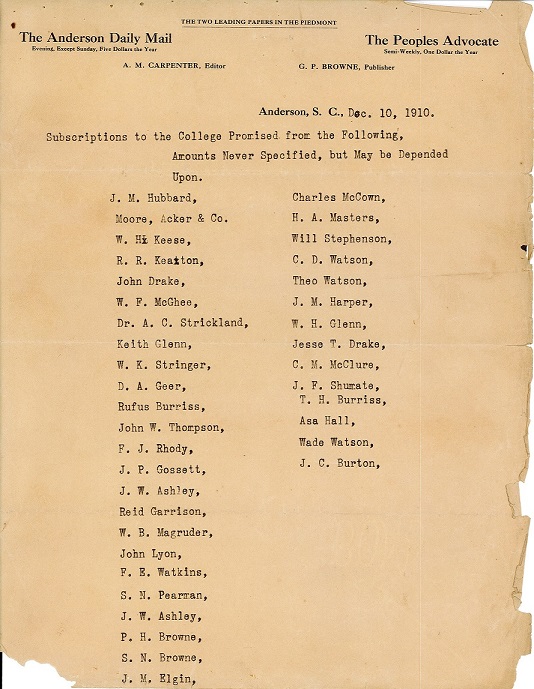
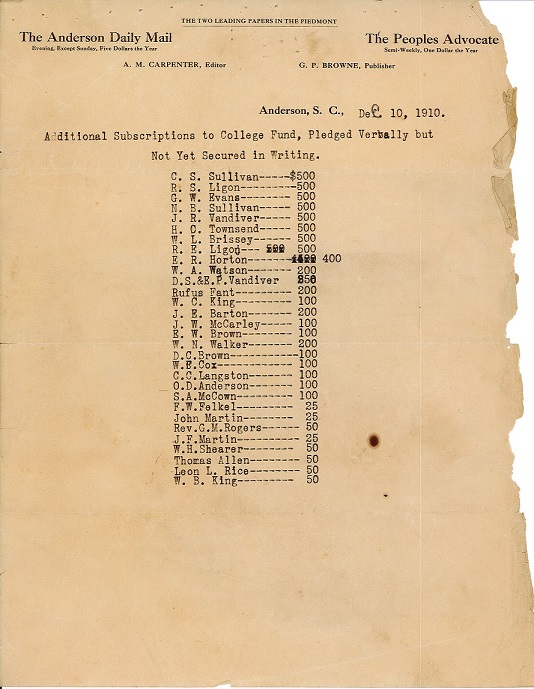
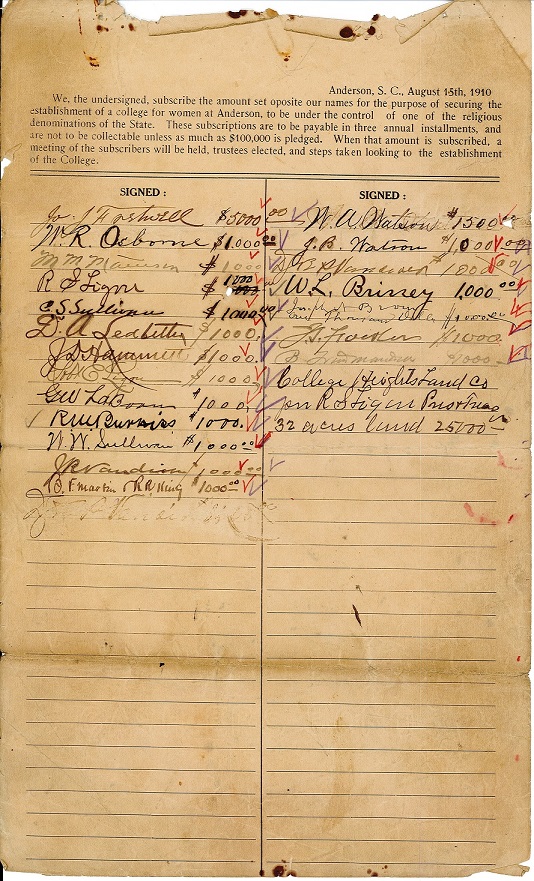
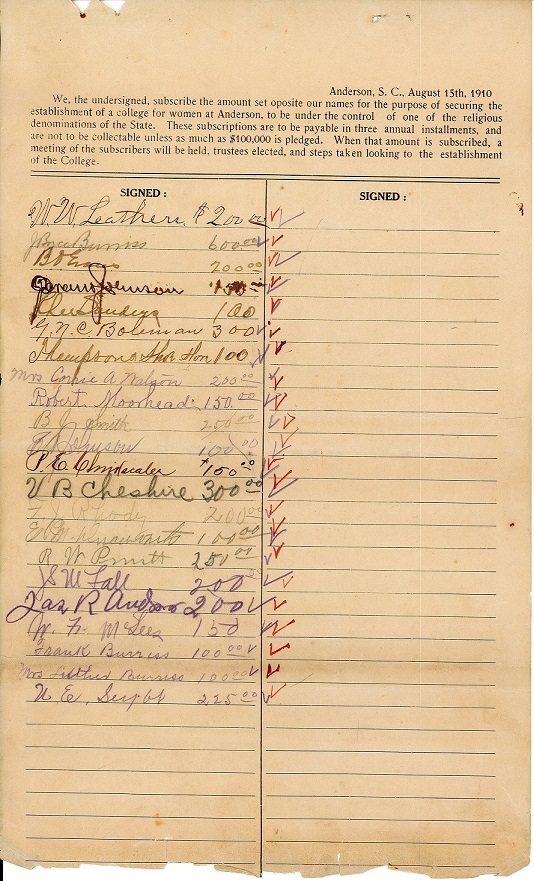
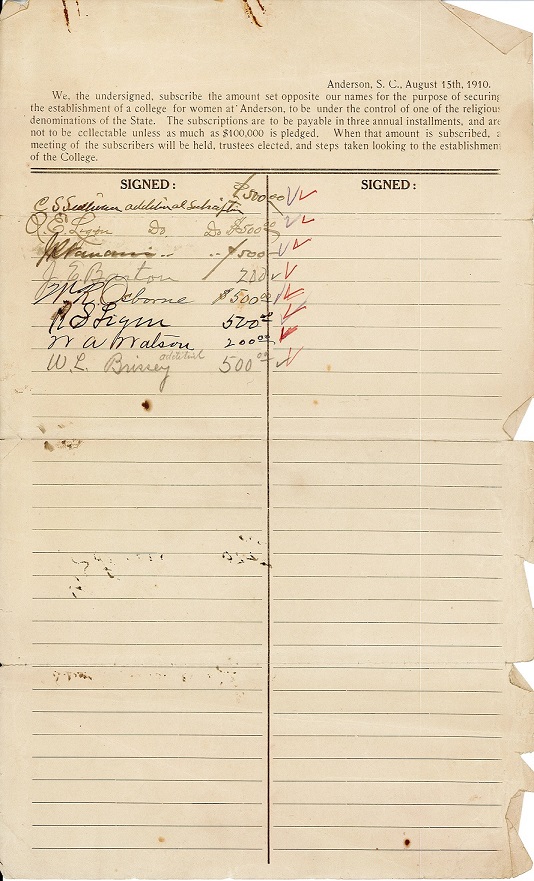
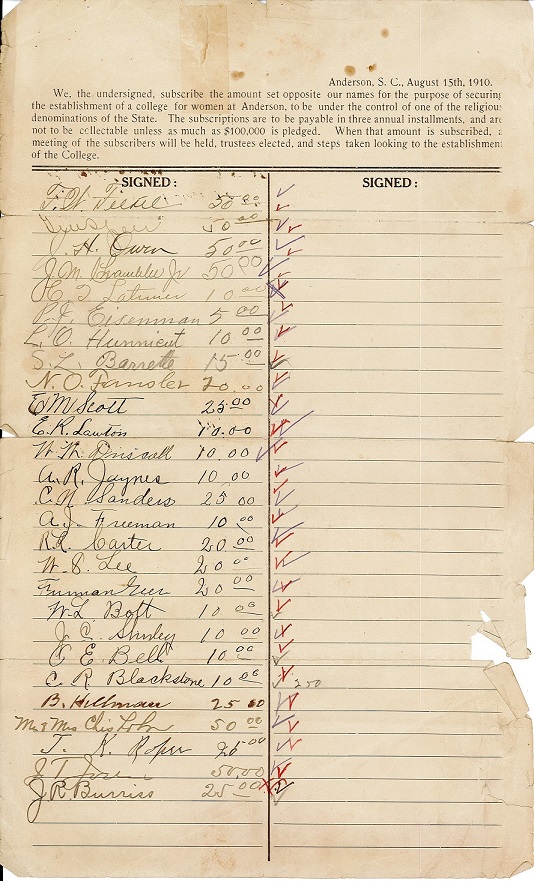
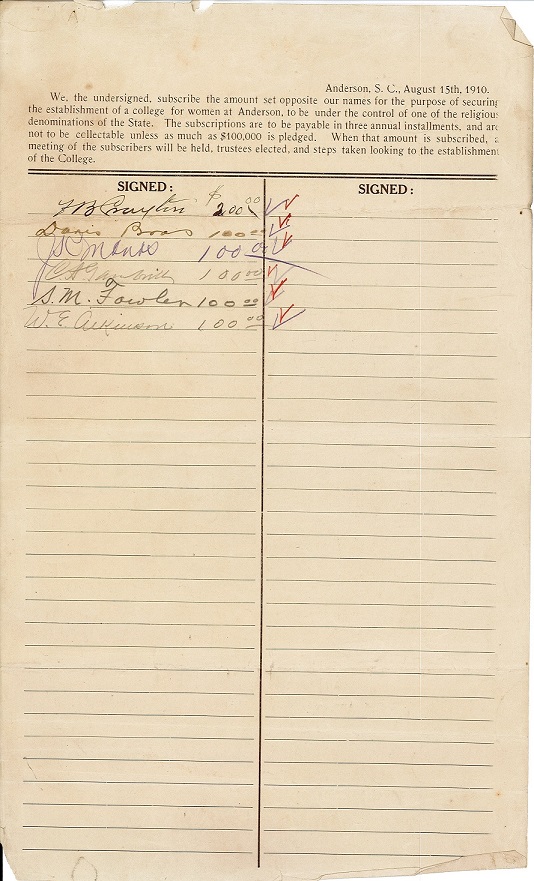
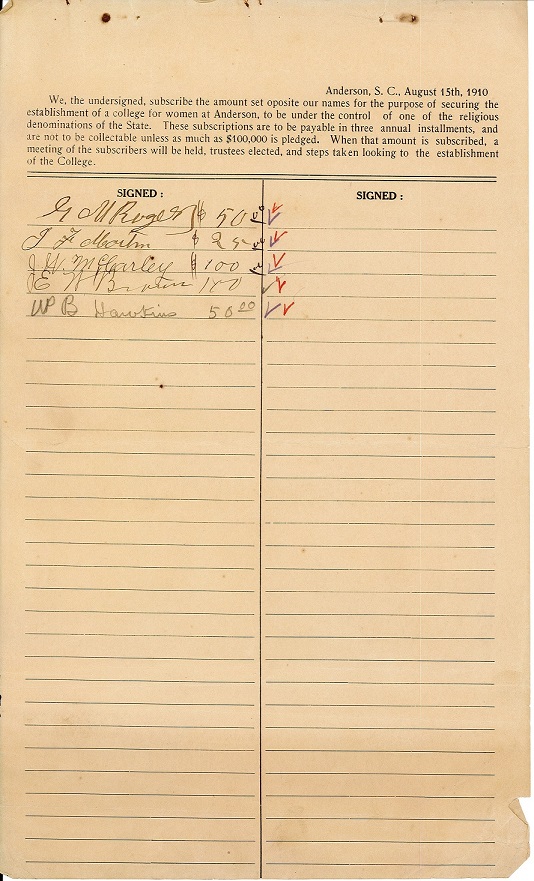
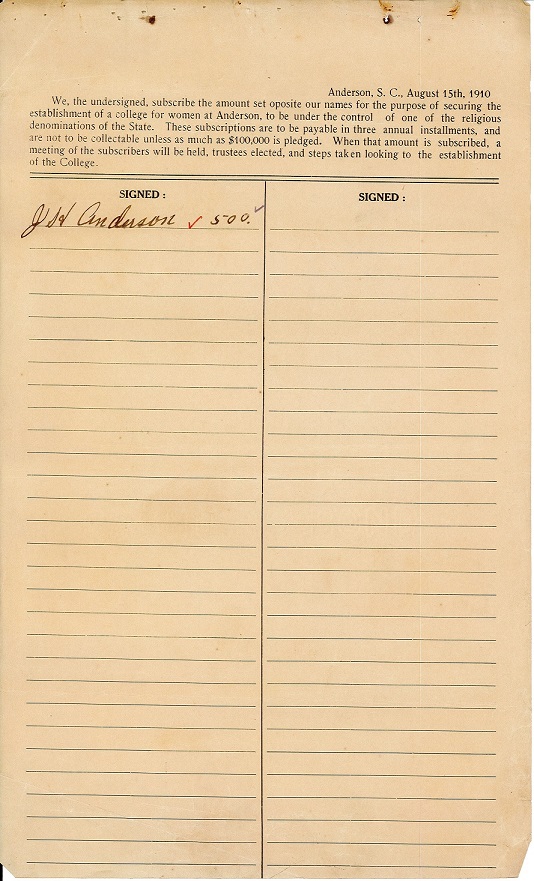
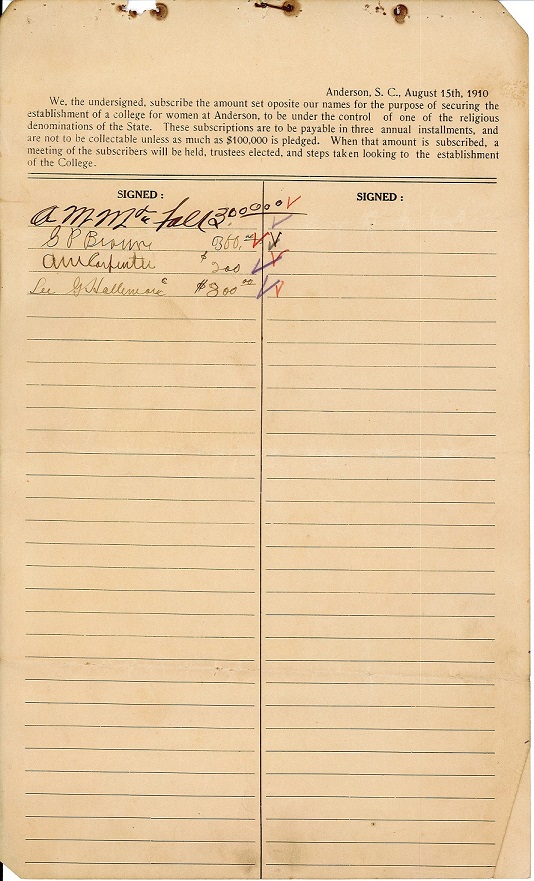
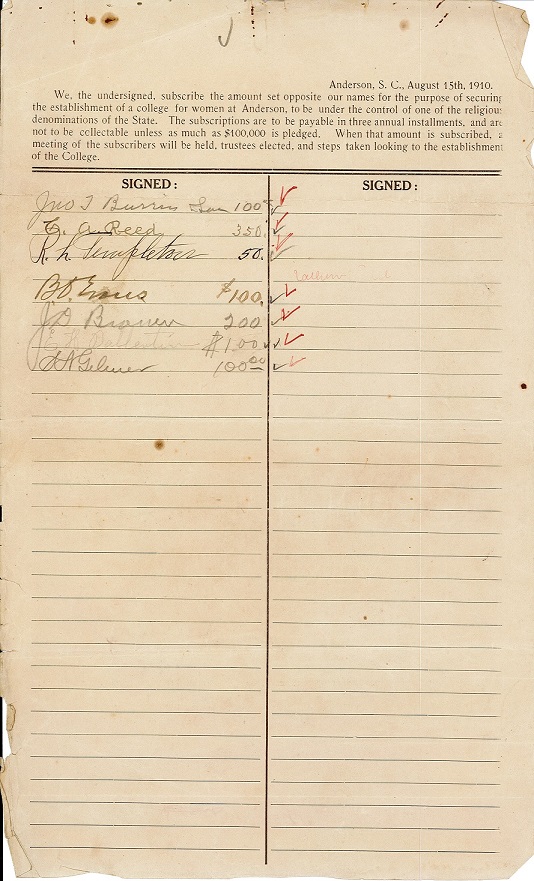
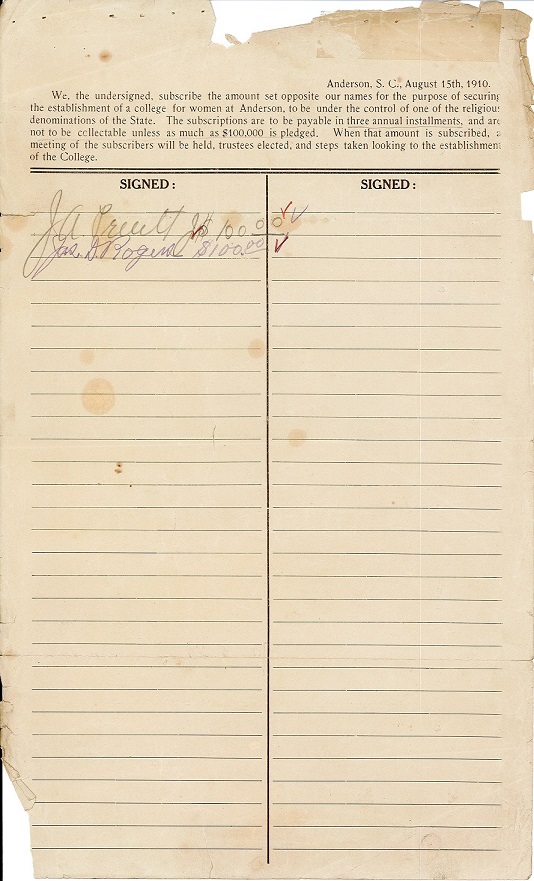
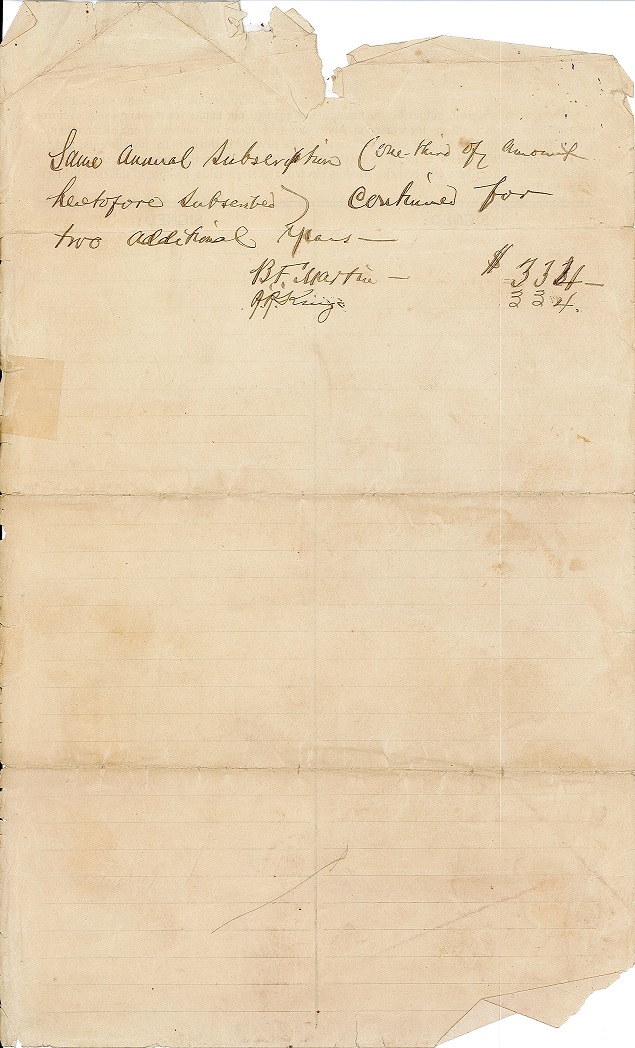
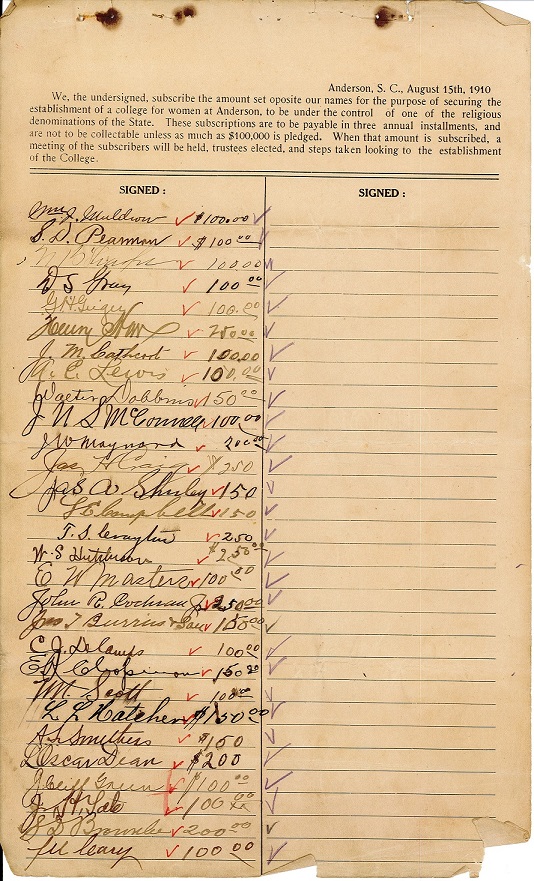
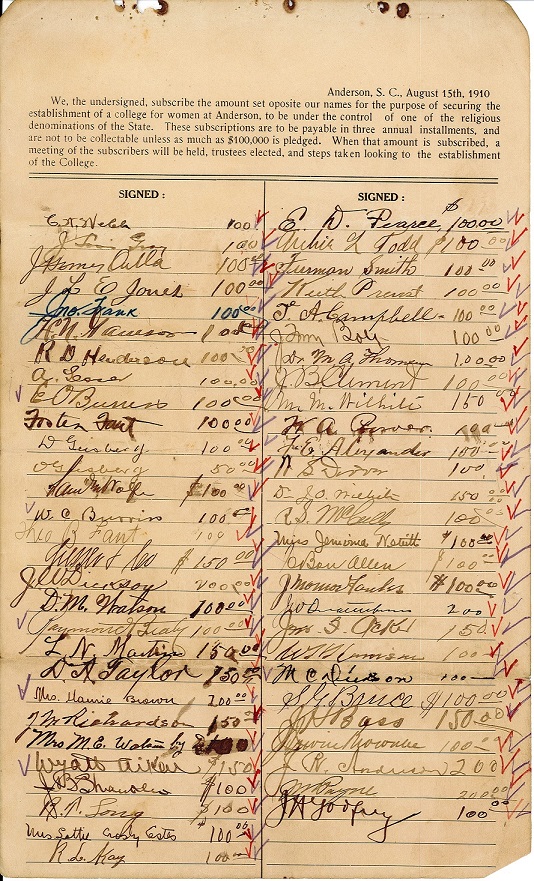
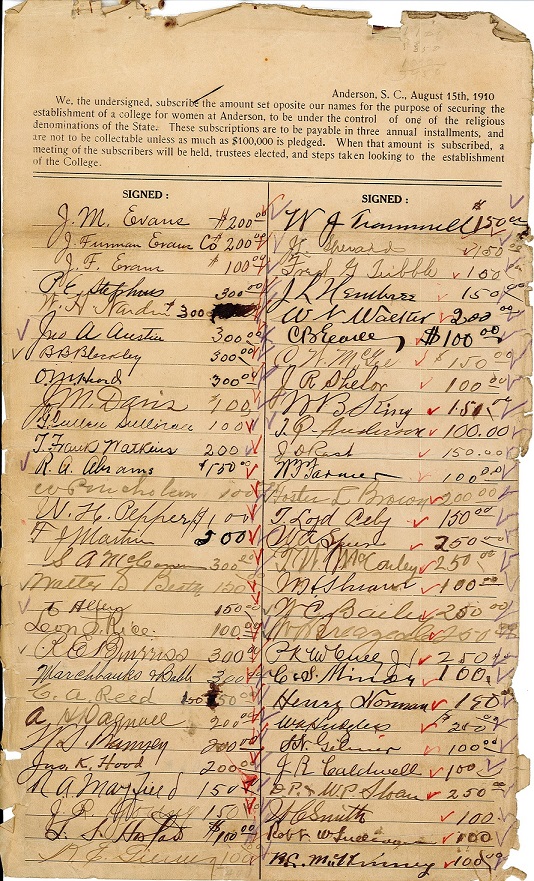
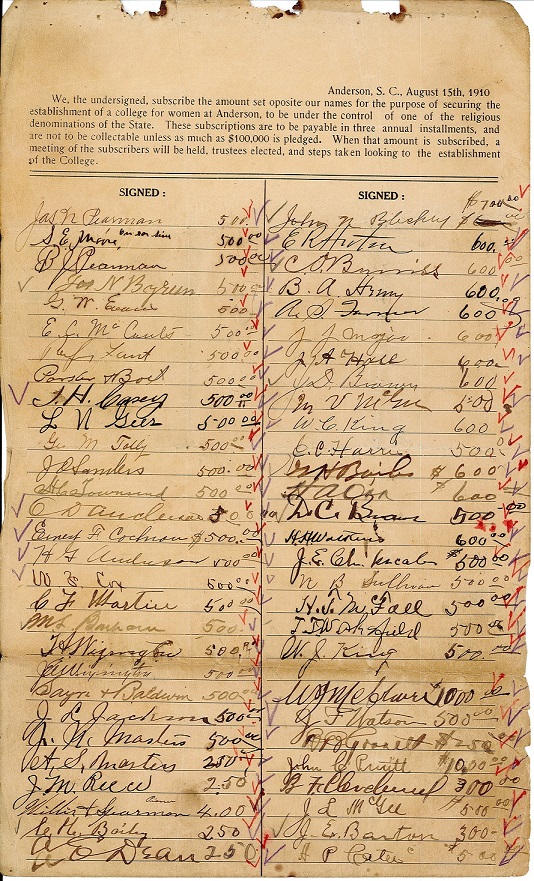
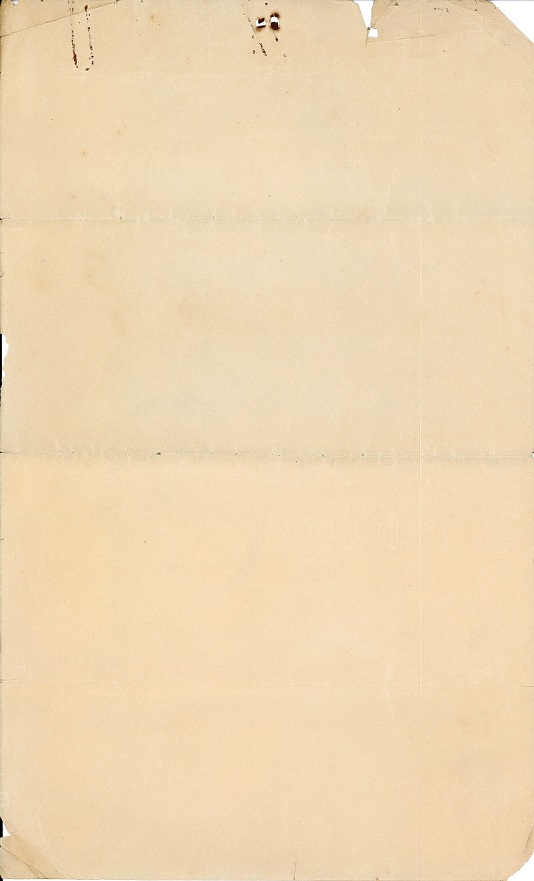
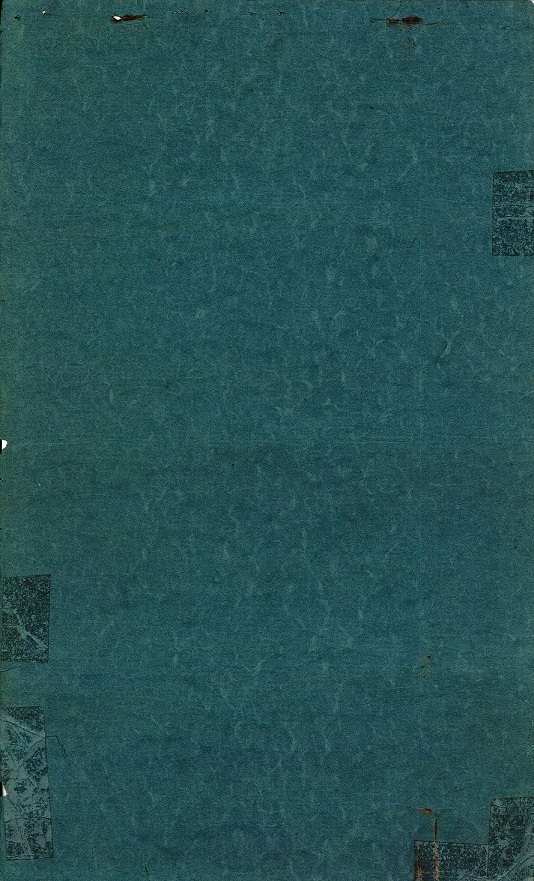

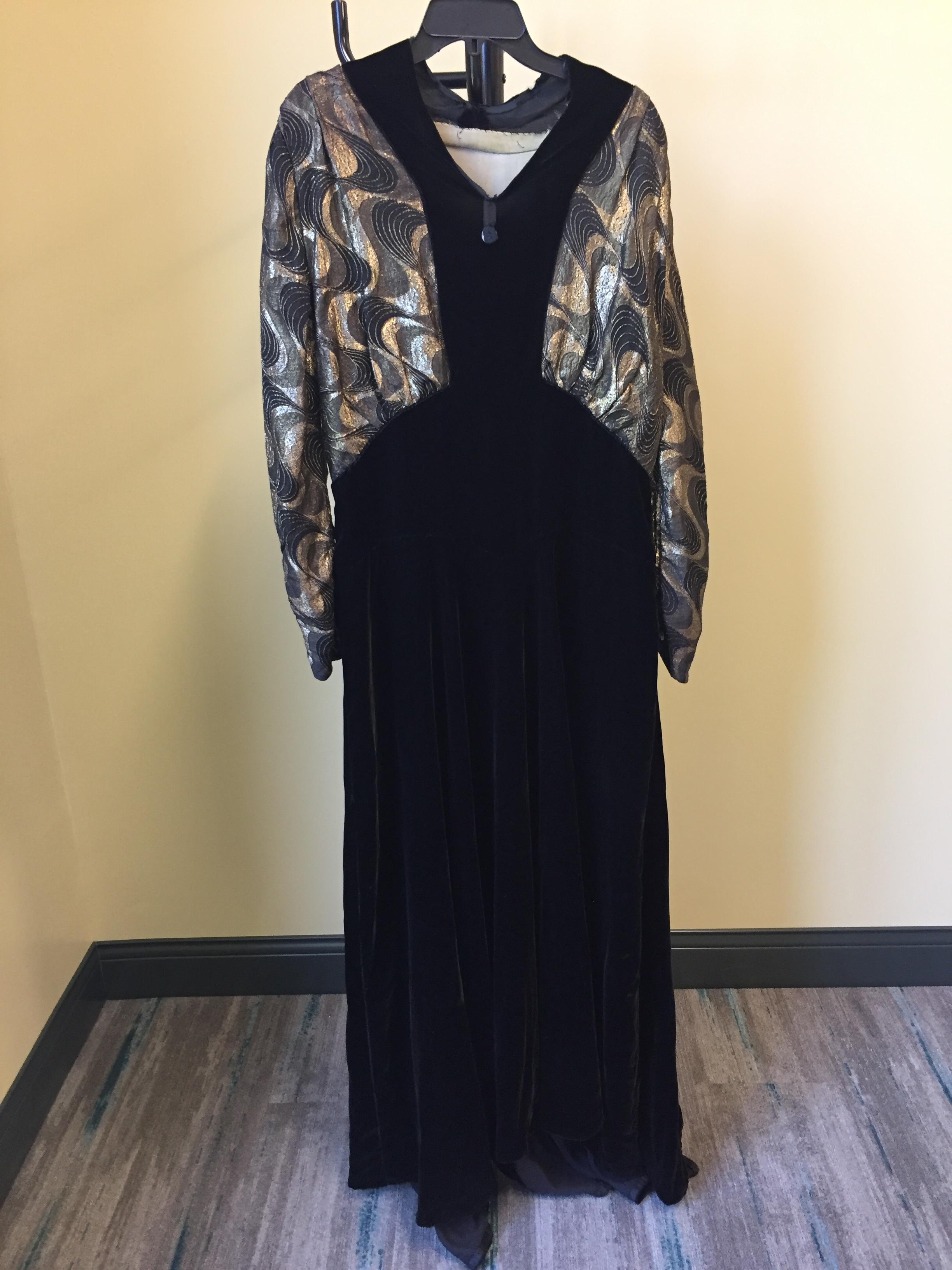
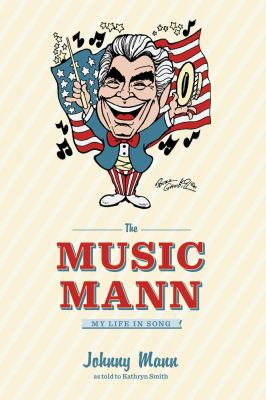
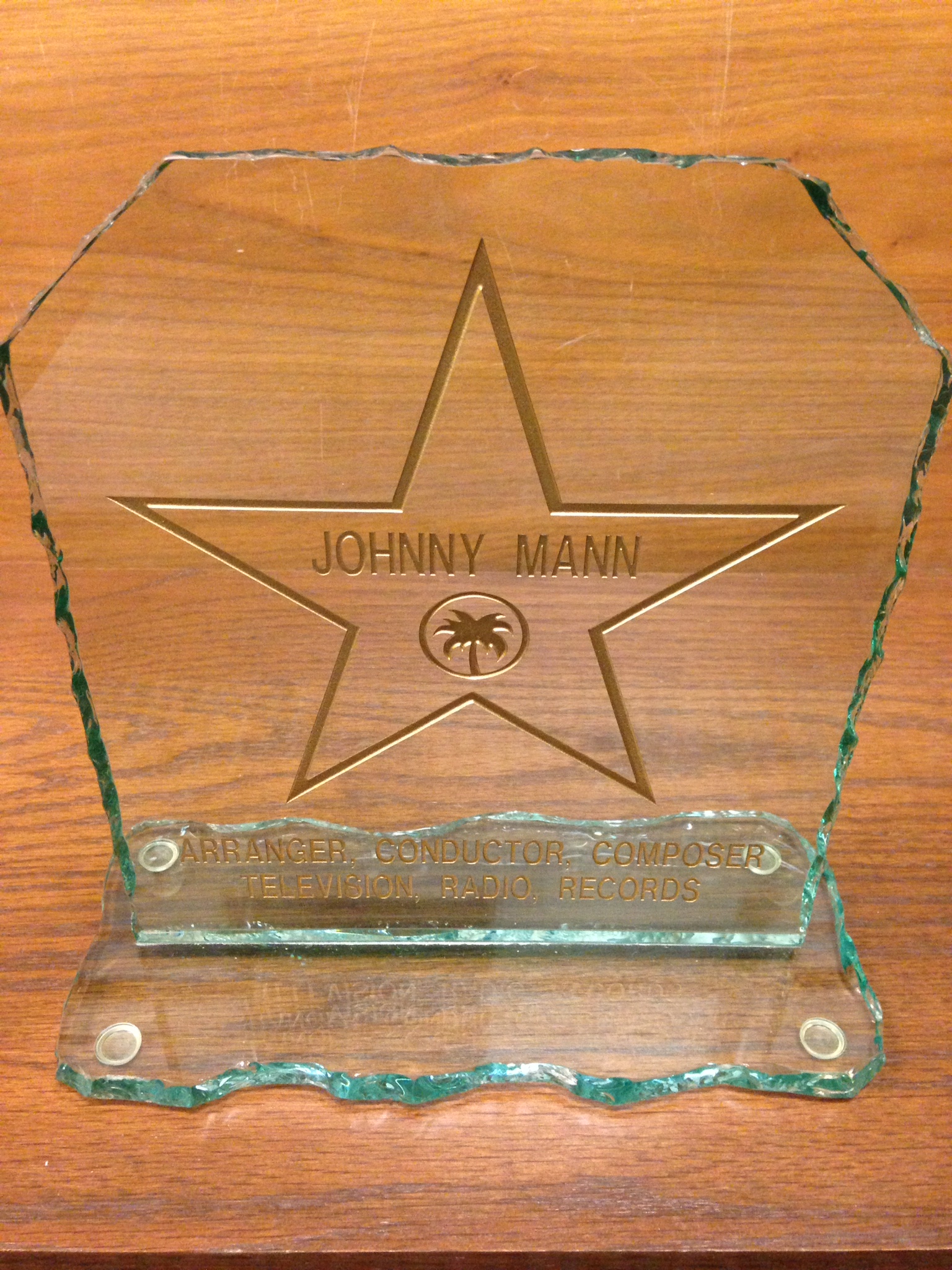

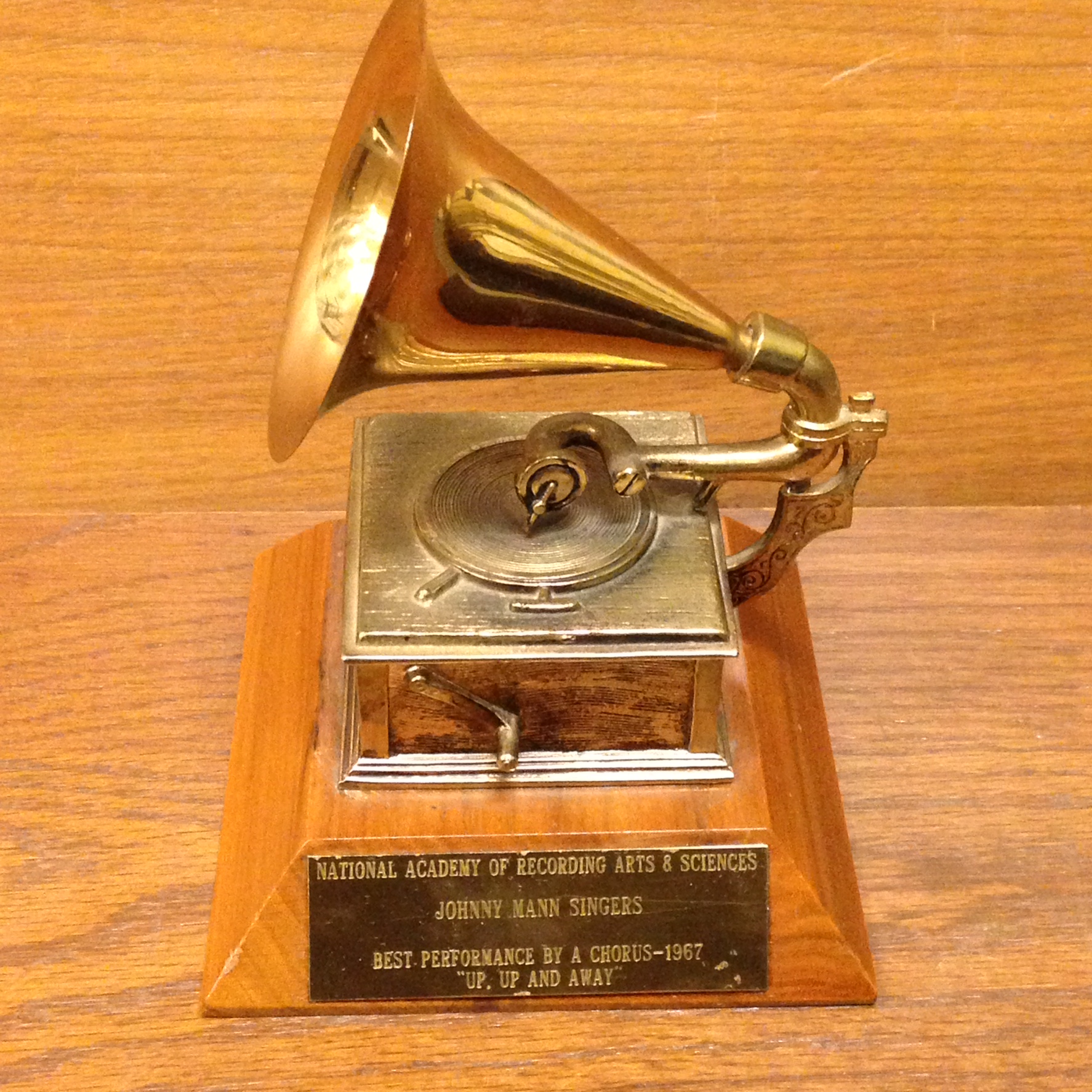

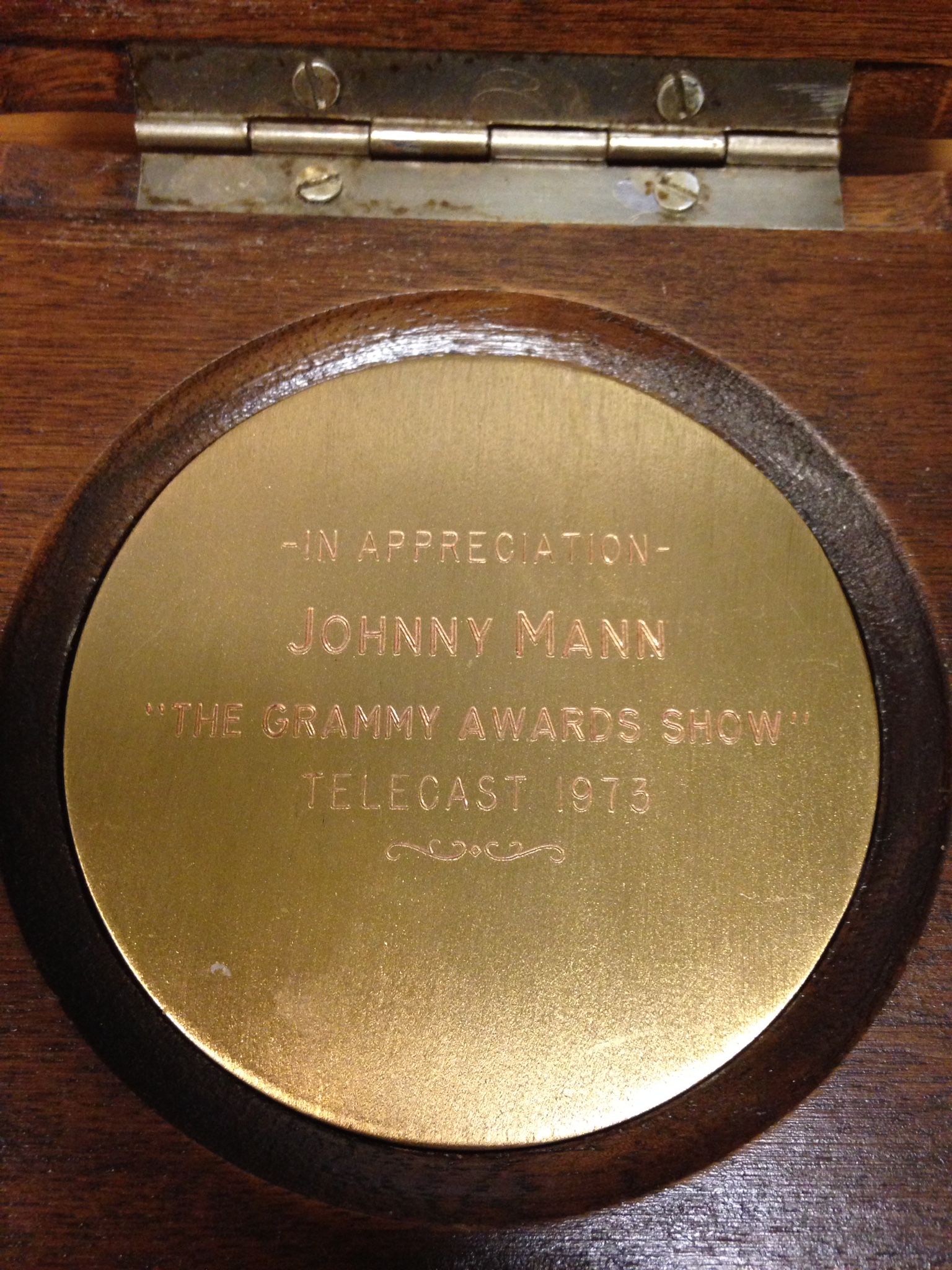
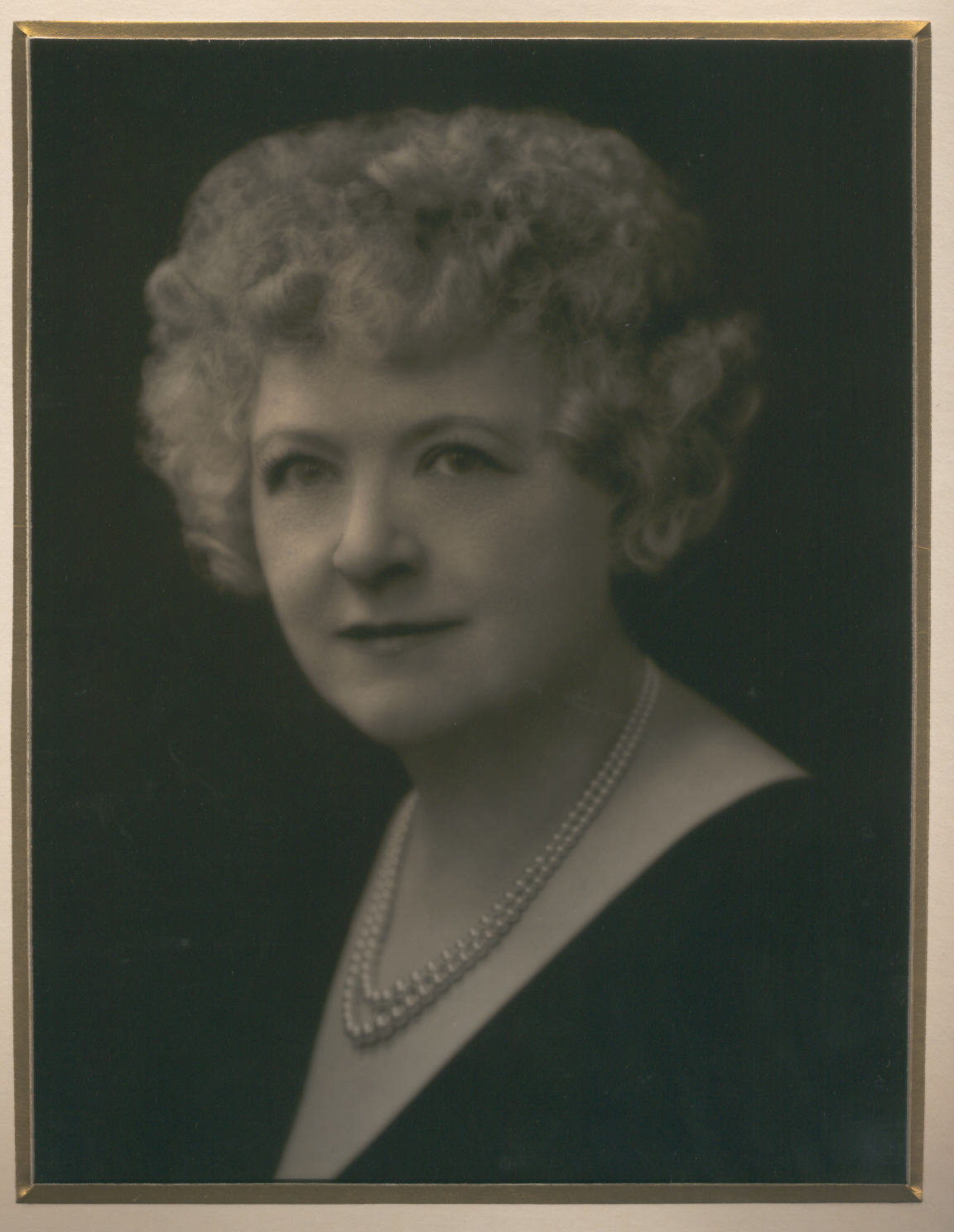
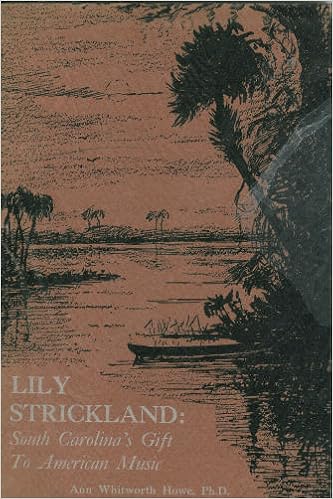





































 From July 12, 1869.
From July 12, 1869.






